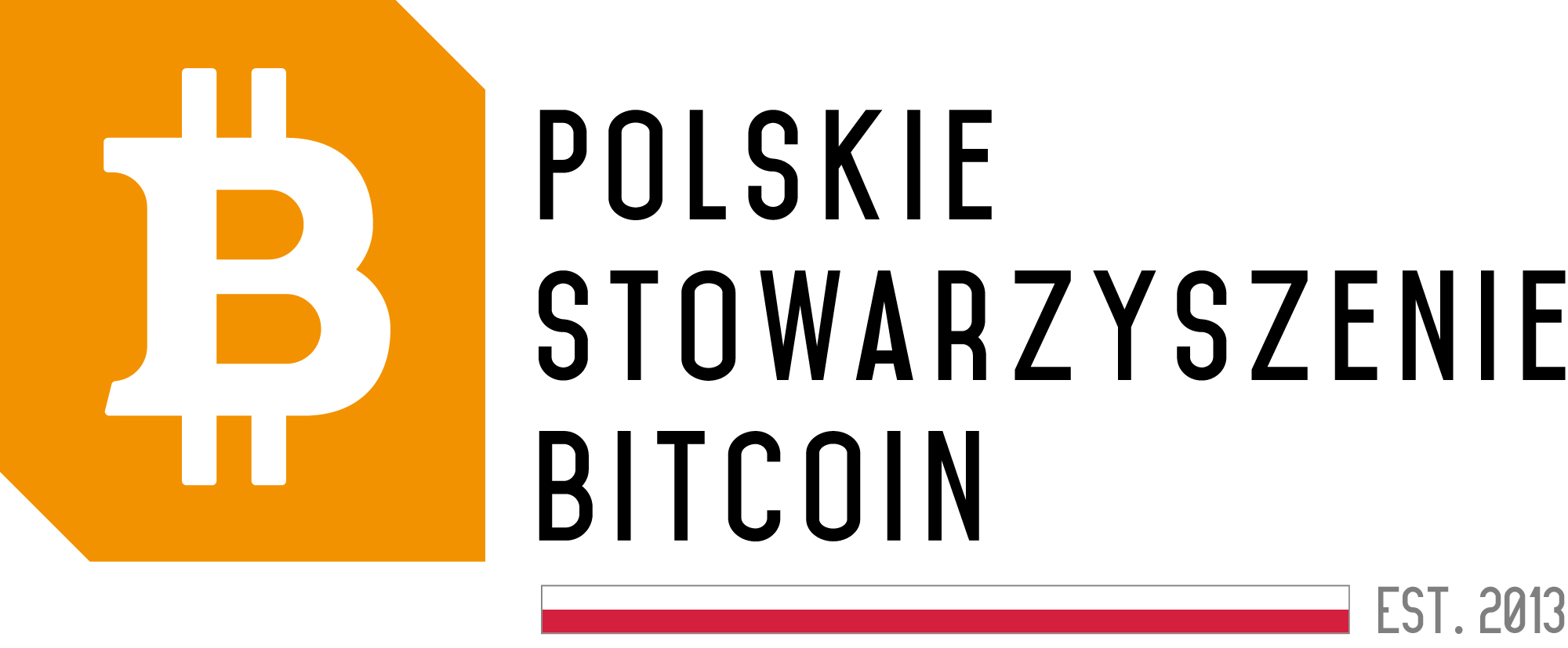keccak
Keccak is a family of cryptographic hash functions designed by Belgian mathematicians Joan Daemen and Vincent Rijmen. The name “Keccak” comes from the Low German dialect and means “from the corner”. This technology is widely used in cryptography and serves as the core component of the SHA-3 algorithm, which was approved by NIST (National Institute of Standards and Technology) in 2012.
How does Keccak work?
Keccak hash functions are based on a complex process of transforming data blocks, resulting in a hash value that is difficult to predict without knowledge of the initial data. This process involves multiple rounds of computations, where input data is processed using logical operations, bitwise shifts, and other mathematical operations.
Applications of Keccak
Keccak technology is applied not only in cryptography but also in other areas such as information security, electronic transaction authentication, and blockchain technology. As a hash function, Keccak helps ensure data integrity and protection against various types of attacks.
Keccak in cryptocurrencies
In the world of cryptocurrencies, Keccak is often used as a consensus algorithm in certain blockchains like Maxcoin and GoByte. The utilization of Keccak aims to provide security and immutability of transactions on blockchain networks. Additionally, many cryptocurrencies employ Keccak hash functions for wallet address generation and transaction validation.
Due to its efficiency and security, Keccak remains a critical element in the fields of cryptography and blockchain technology. Its applications are diverse and have a significant impact on the development of IT systems and the digital economy.






